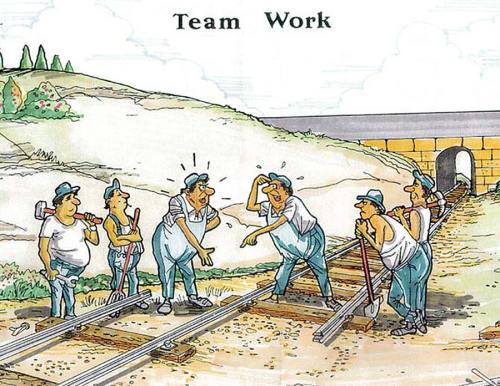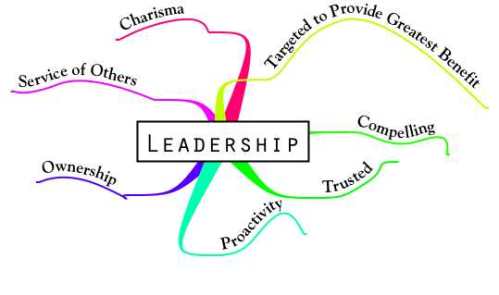
Here are creative rules:
- Nuke it! The most efficient way to get through a task is to delete it. If it doesn’t need to be done, get it off your to do list.
- Daily goals. Without a clear focus, it’s too easy to succumb to distractions. Set targets for each day in advance. Decide what you’ll do; then do it.
- Worst first. To defeat procrastination learn to tackle your most unpleasant task first thing in the morning instead of delaying it until later in the day. This small victory will set the tone for a very productive day.
- Peak times. Identify your peak cycles of productivity, and schedule your most important tasks for those times. Work on minor tasks during your non-peak times.
- No-comm zones. Allocate uninterruptible blocks of time for solo work where you must concentrate. Schedule light, interruptible tasks for your open-comm periods and more challenging projects for your no-comm periods.
- Mini-milestones. When you begin a task, identify the target you must reach before you can stop working. For example, when working on a book, you could decide not to get up until you’ve written at least 1000 words. Hit your target no matter what.
- Timeboxing. Give yourself a fixed time period, like 30 minutes, to make a dent in a task. Don’t worry about how far you get. Just put in the time.
- Batching. Batch similar tasks like phone calls or errands into a single chunk, and knock them off in a single session.
- Early bird. Get up early in the morning, like at 5am, and go straight to work on your most important task. You can often get more done before 8am than most people do in a day.
- Cone of silence. Take a laptop with no network or WiFi access, and go to a place where you can work flat out without distractions, such as a library, park, coffee house, or your own backyard. Leave your comm gadgets behind.
- Tempo. Deliberately pick up the pace, and try to move a little faster than usual. Speak faster. Walk faster. Type faster. Read faster. Go home sooner.
- Relaxify. Reduce stress by cultivating a relaxing, clutter-free workspace.

- Agendas. Provide clear written agendas to meeting participants in advance. This greatly improves meeting focus and efficiency. You can use it for phone calls too.
- Pareto. The Pareto principle is the 80-20 rule, which states that 80% of the value of a task comes from 20% of the effort. Focus your energy on that critical 20%, and don’t overengineer the non-critical 80%.
- Ready-fire-aim. Bust procrastination by taking action immediately after setting a goal, even if the action isn’t perfectly planned. You can always adjust course along the way.
- Minuteman. Once you have the information you need to make a decision, start a timer and give yourself just 60 seconds to make the actual decision. Take a whole minute to vacillate and second-guess yourself all you want, but come out the other end with a clear choice. Once your decision is made, take some kind of action to set it in motion.
- Deadline. Set a deadline for task completion, and use it as a focal point to stay on track.
- Promise. Tell others of your commitments, since they’ll help hold you accountable.
- Punctuality. Whatever it takes, show up on time. Arrive early.
- Gap reading. Use reading to fill in those odd periods like waiting for an appointment, standing in line, or while the coffee is brewing. If you’re a male, you can even read an article while shaving (preferably with an electric razor). That’s 365 articles a year.
- Resonance. Visualize your goal as already accomplished. Put yourself into a state of actually being there. Make it real in your mind, and you’ll soon see it in your reality.
- Glittering prizes. Give yourself frequent rewards for achievement. See a movie, book a professional massage, or spend a day at an amusement park.
- Quad 2. Separate the truly important tasks from the merely urgent. Allocate blocks of time to work on the critical Quadrant 2 tasks, those which are important but rarely urgent, such as physical exercise, writing a book, and finding a relationship partner.
- Continuum. At the end of your workday, identify the first task you’ll work on the next day, and set out the materials in advance. The next day begin working on that task immediately.
- Slice and dice. Break complex projects into smaller, well-defined tasks. Focus on completing just one of those tasks.
- Single-handling. Once you begin a task, stick with it until it’s 100% complete. Don’t switch tasks in the middle. When distractions come up, jot them down to be dealt with later.
- Randomize. Pick a totally random piece of a larger project, and complete it. Pay one random bill. Make one phone call. Write page 42 of your book.
- Insanely bad. Defeat perfectionism by completing your task in an intentionally terrible fashion, knowing you need never share the results with anyone. Write a blog post about the taste of salt, design a hideously dysfunctional web site, or create a business plan that guarantees a first-year bankruptcy. With a truly horrendous first draft, there’s nowhere to go but up.
- 30 days. Identify a new habit you’d like to form, and commit to sticking with it for just 30 days. A temporary commitment is much easier to keep than a permanent one.
- Delegate. Convince someone else to do it for you.
- Cross-pollination. Sign up for martial arts, start a blog, or join an improv group. You’ll often encounter ideas in one field that can boost your performance in another.
- Intuition. Go with your gut instinct. It’s probably right.
- Optimization. Identify the processes you use most often, and write them down step-by-step. Refactor them on paper for greater efficiency. Then implement and test your improved processes. Sometimes we just can’t see what’s right in front of us until we examine it under a microscope.



 What does it take to become a Leader?
What does it take to become a Leader?  By Brian Ward
By Brian Ward






